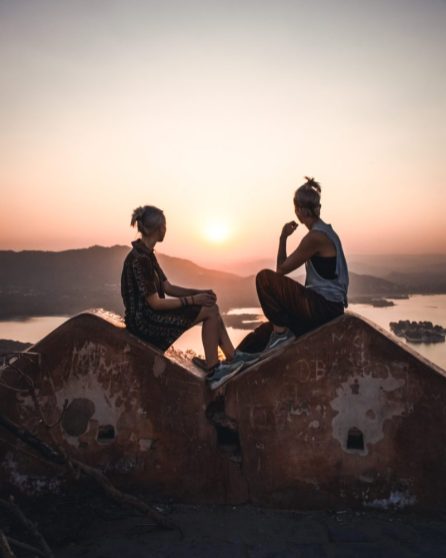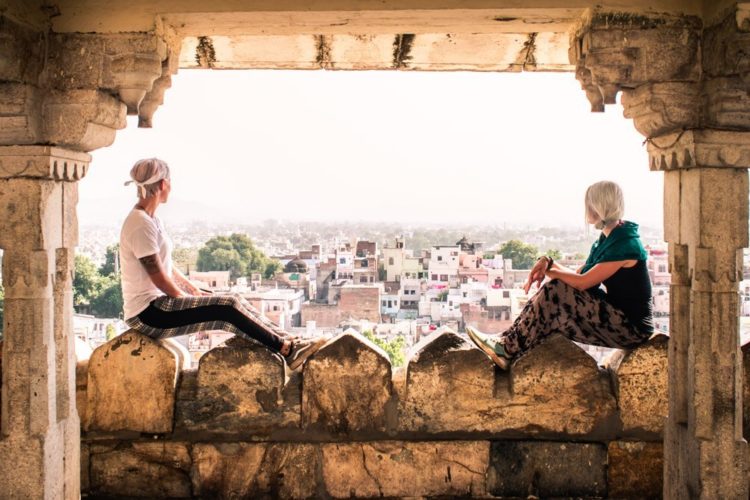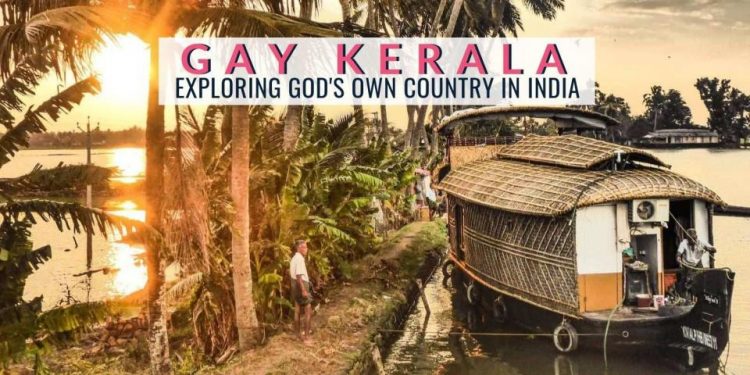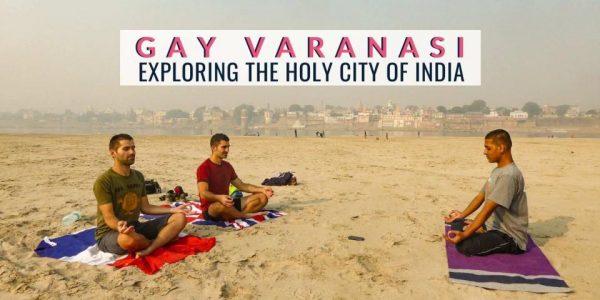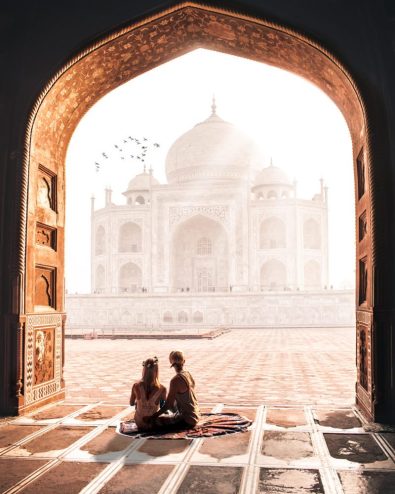Karni Mata Temple in Udaipur overlooks the city of lakes and the surrounding landscapes. While the temple itself is only small and modest, the view from the fort is one of the best sunset points in Udaipur. After experiencing a magical sunset at Karni Mata Temple, we consider it to be one of the top places to visit in Udaipur in 2-days.
To capture awe-inspiring views of Udaipur, Karni Mata Temple is up there with the Monsoon Palace, as one of the best viewpoints in the city. Located on the Machla Magra Hills, east of Lake Pichola, you can access the temple via a short hike or ropeway.
In this guide, we advise everything you need to know ahead of visiting the Karni Mata Temple in Udaipur. Including entrance fees, opening times, what to expect & more.
Karni Mata Temple Udaipur
How to Get To Karni Mata Temple
Udaipur is an essential addition to any Rajasthan itinerary. It is one of the most popular tourist cities in the country and forms a part of our suggested one month in India Route. You can conveniently reach Udaipur via bus, train, or plane from all over the country.
Set East of Lake Pichola, Karni Mata Temple is accessible via foot if you don’t mind working up a bit of a sweat. From Udaipur City Palace, the distance is approximately 2km. It’s a pleasant walk as you pass through various boutique stores and restaurants that you miss in the center of the town.

